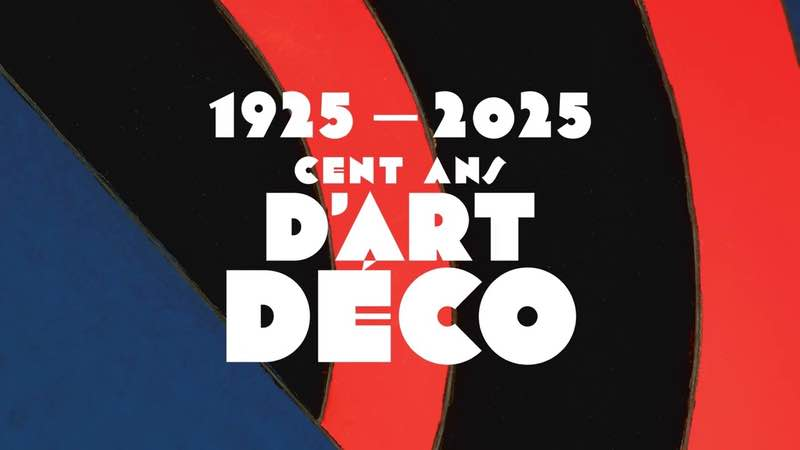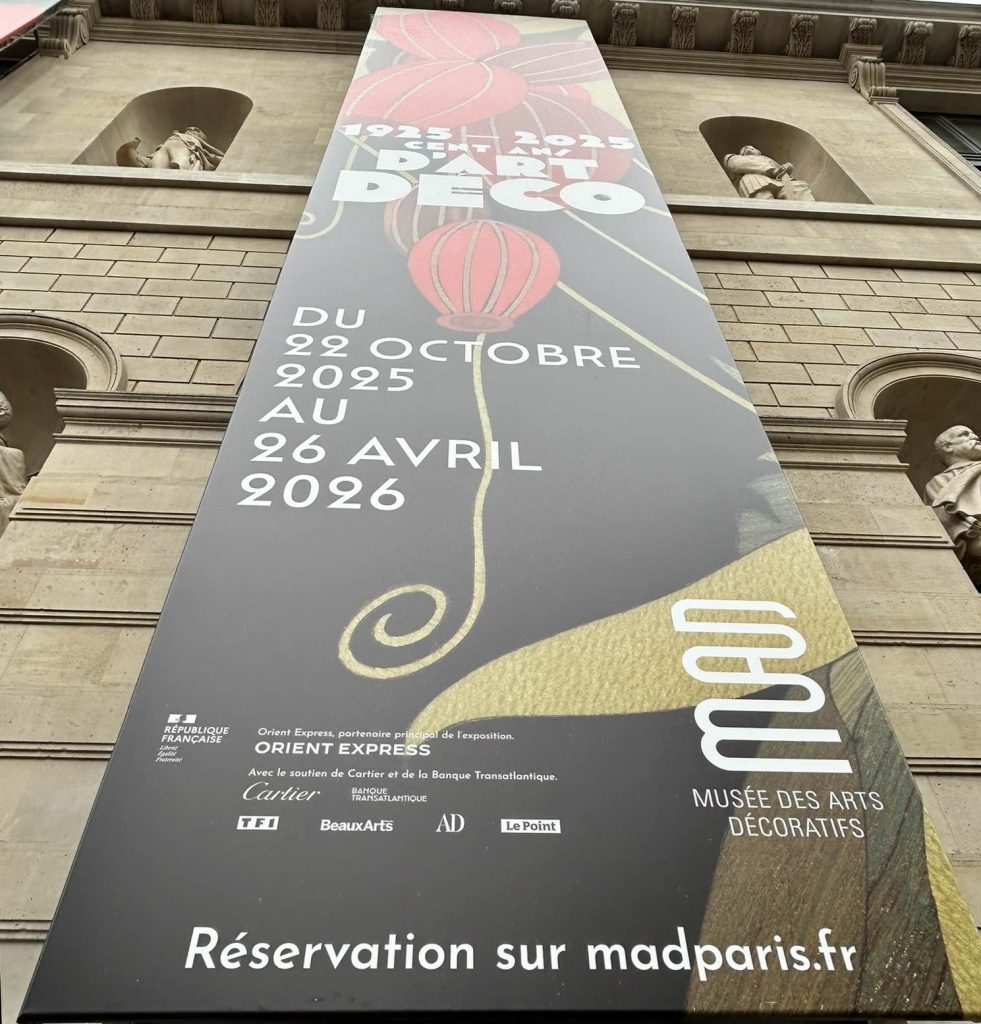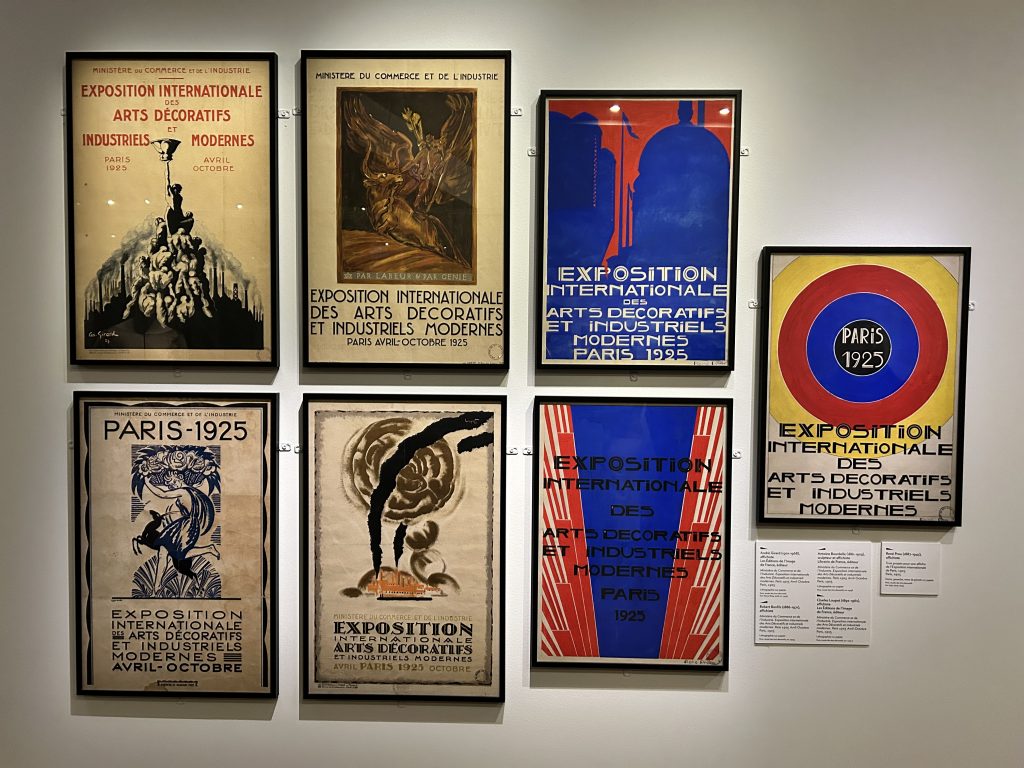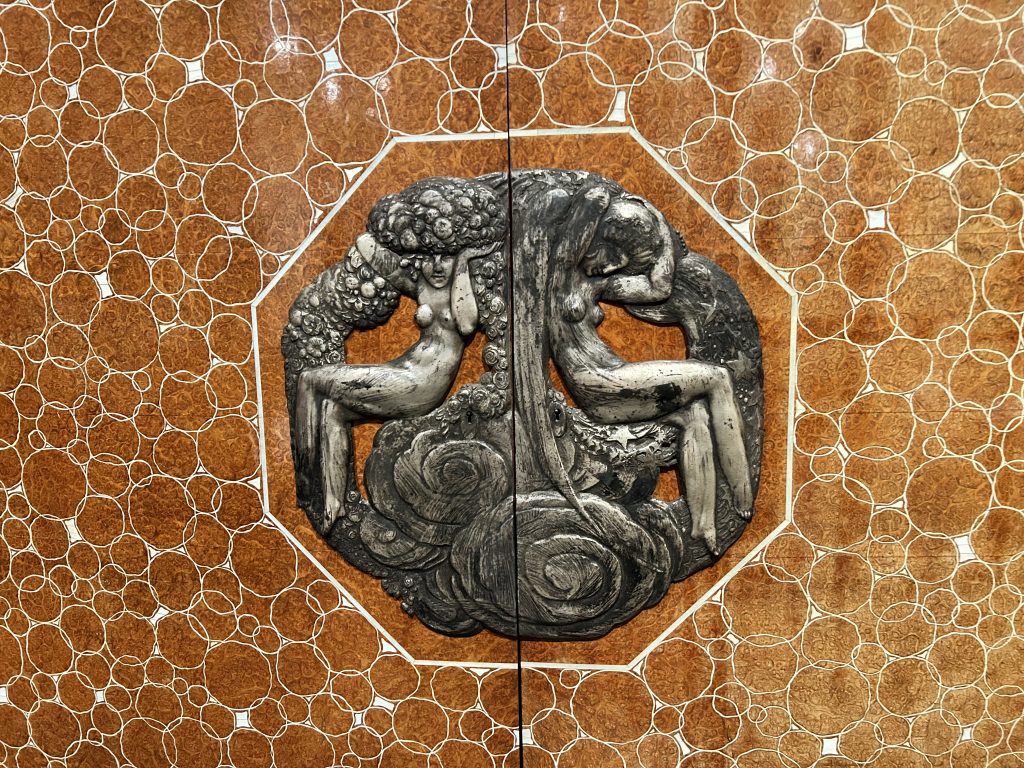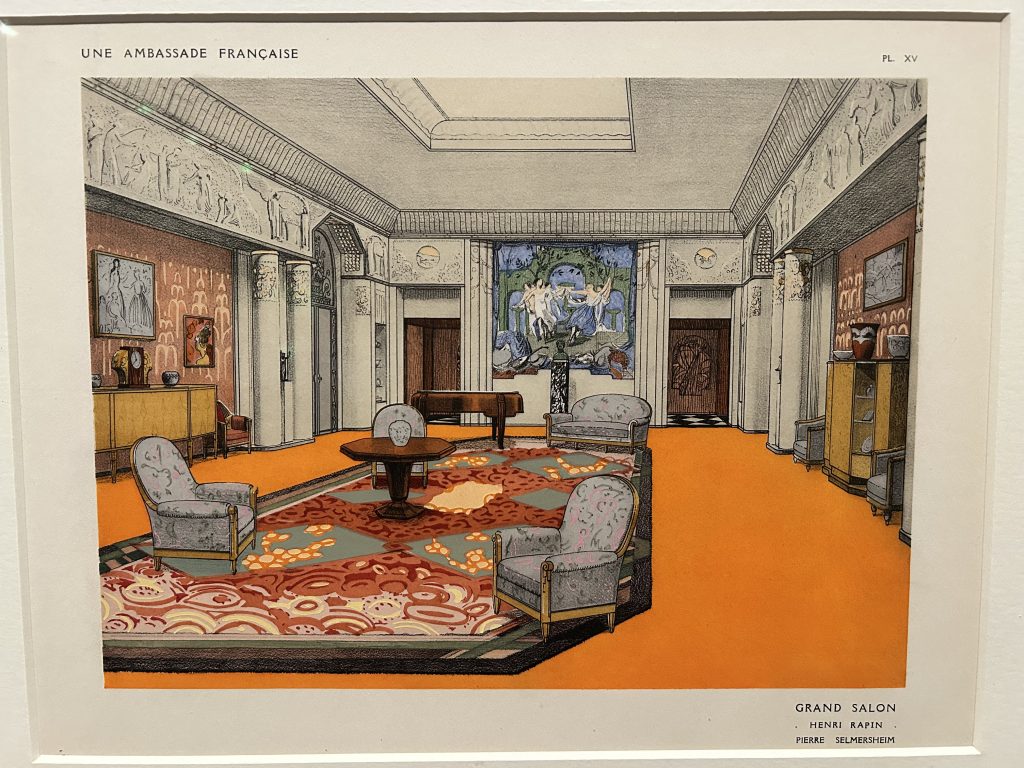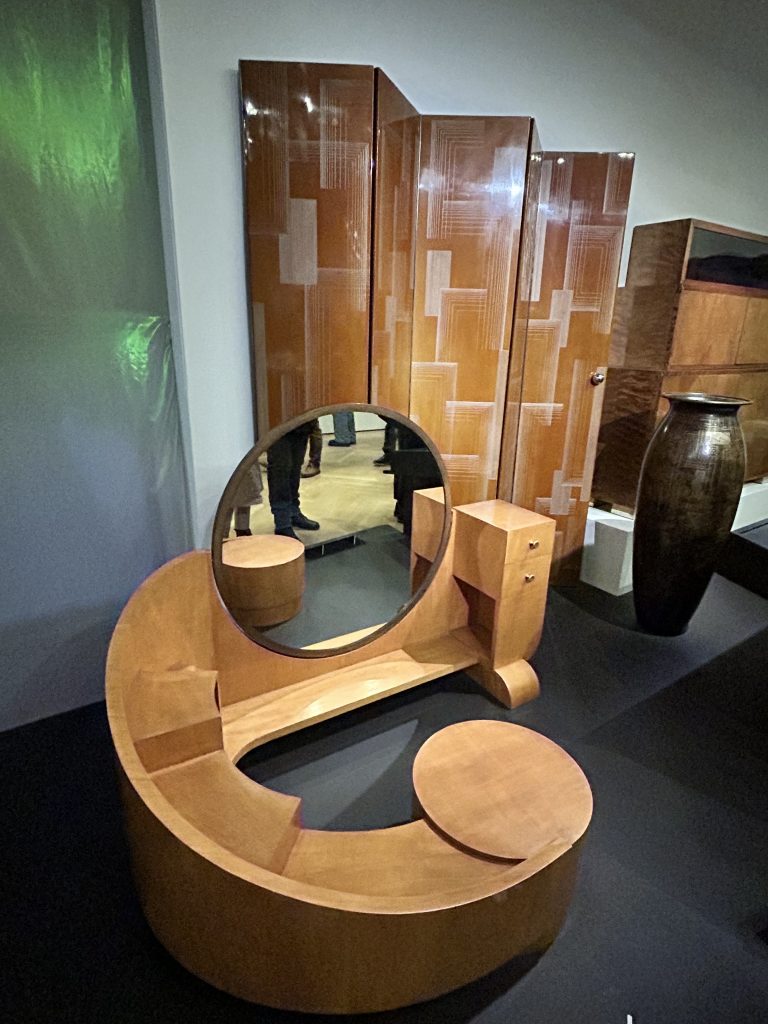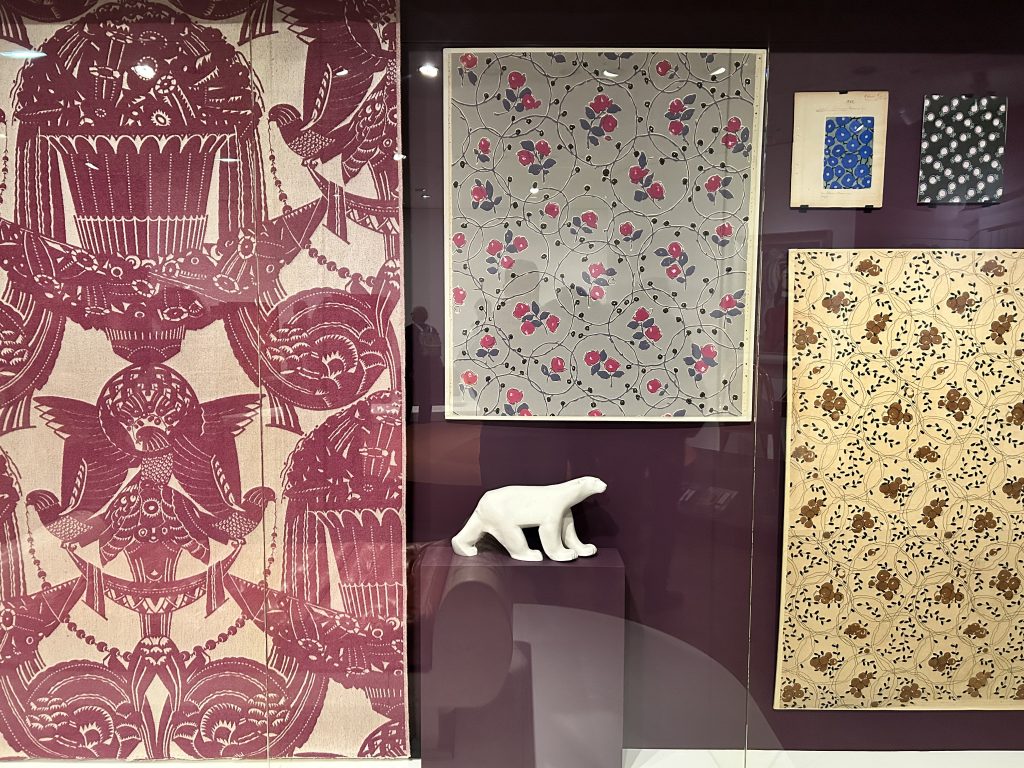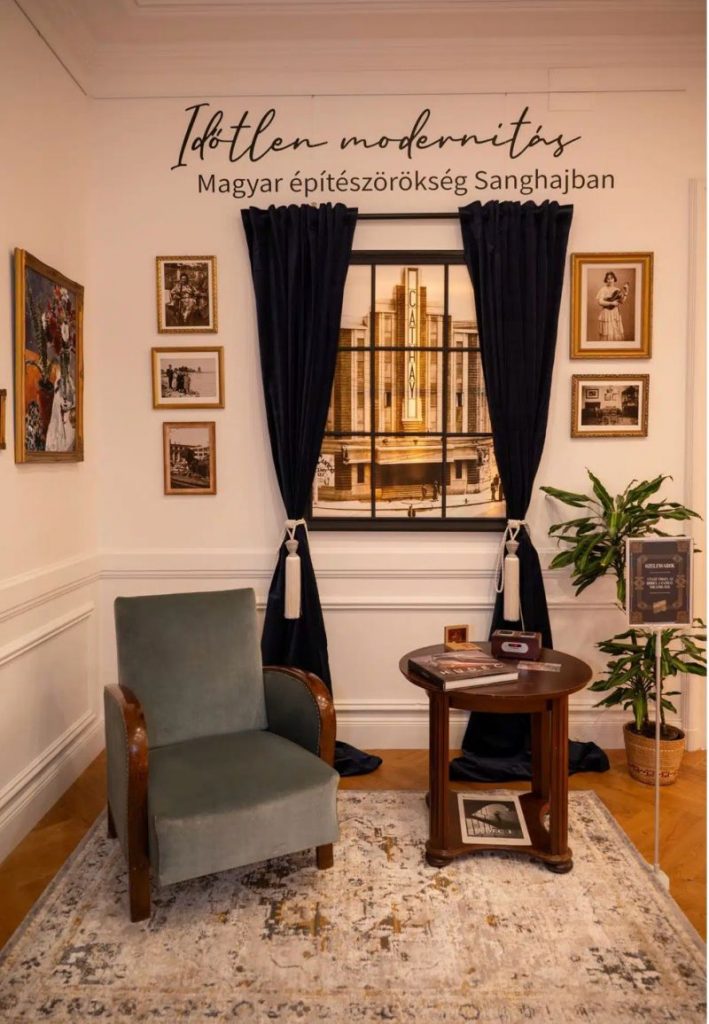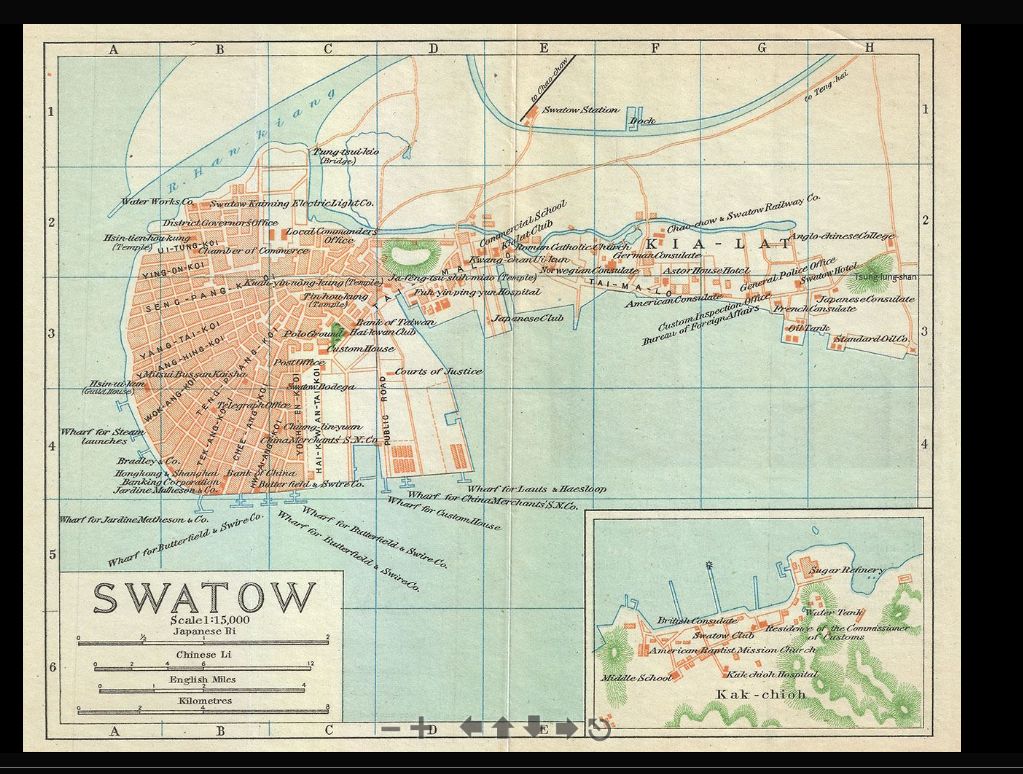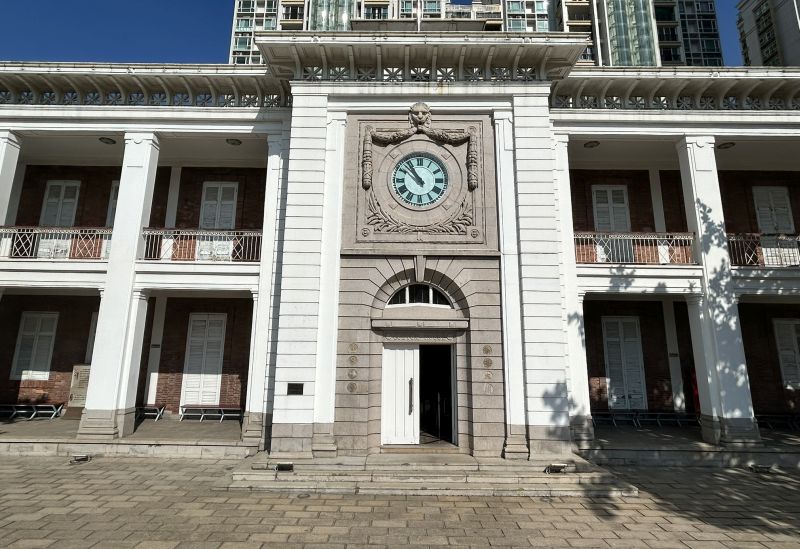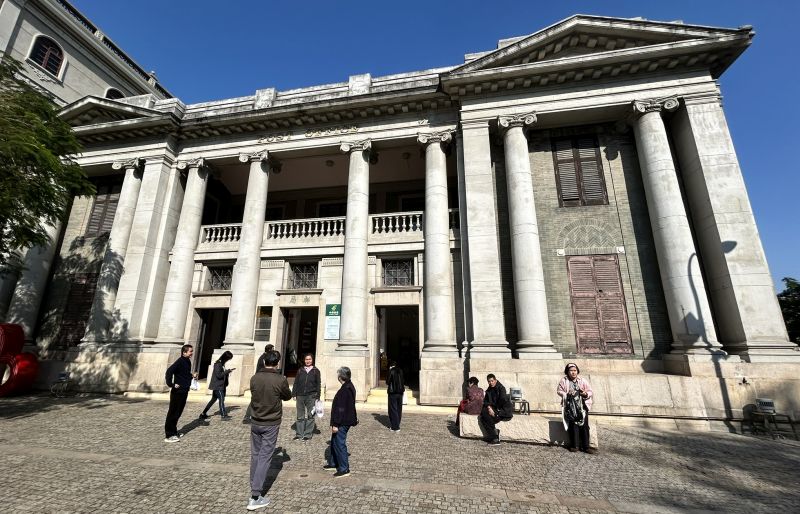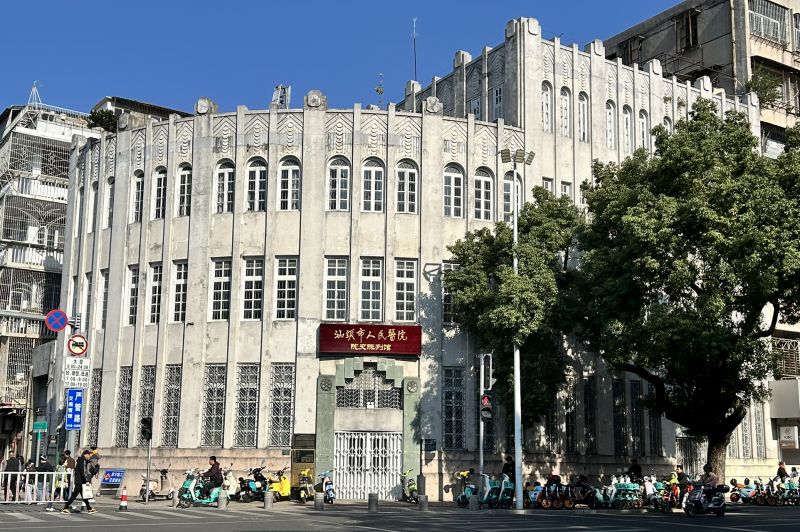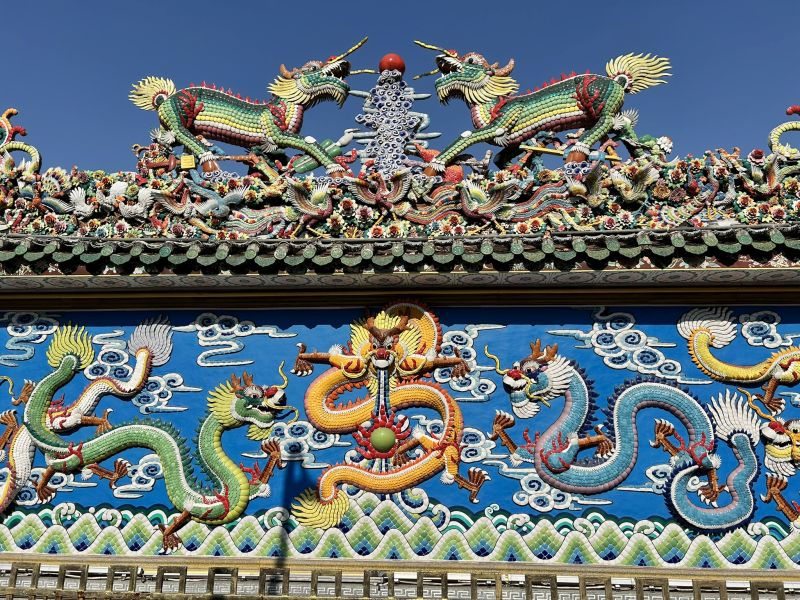1925 was the year of the “exposition internationale des arts décoratifs”, showcasing the style that was later named as “Art Deco”. The exhibition lasted from 28th April 1925 until end October 1925. The 100 years anniversary is the opportunities for many events and exhibition to Art Deco all over the World.
The center of the action is obviously Paris, where many exhibitions and events take place. In October, the World Congress on Art Deco in Paris was organized by my friends at Paris Art Deco society. The main official exhibition is at Museum of decorative art in Paris. Named “1925-2025 One hundred years of Art Deco”, it is located in the same location that hosted the “Spirit of Bauhaus” exhibition in 2016-2017, an artistic movement closed related to Art Deco.
The exhibition mostly focuses on Art Deco for interior decoration, starting with posters of the 1925 exhibition.
Many items are shown including furniture, tapestry and glassware from the collections of the Museum.
A large part of the exhibition is focused the “French Embassy” project, that was showcased at the 1925 exhibition.
Dressing tables and fans like in below picture are also often in Shanghai Art Deco.
It also included printed textiles and a copy of the bear statue of François Pompon, a famous sculptor from Dijon.
The exhibition also includes clothings, somehow echoing the Resonance Art Deco Paris Shanghai 2024 exhibition.
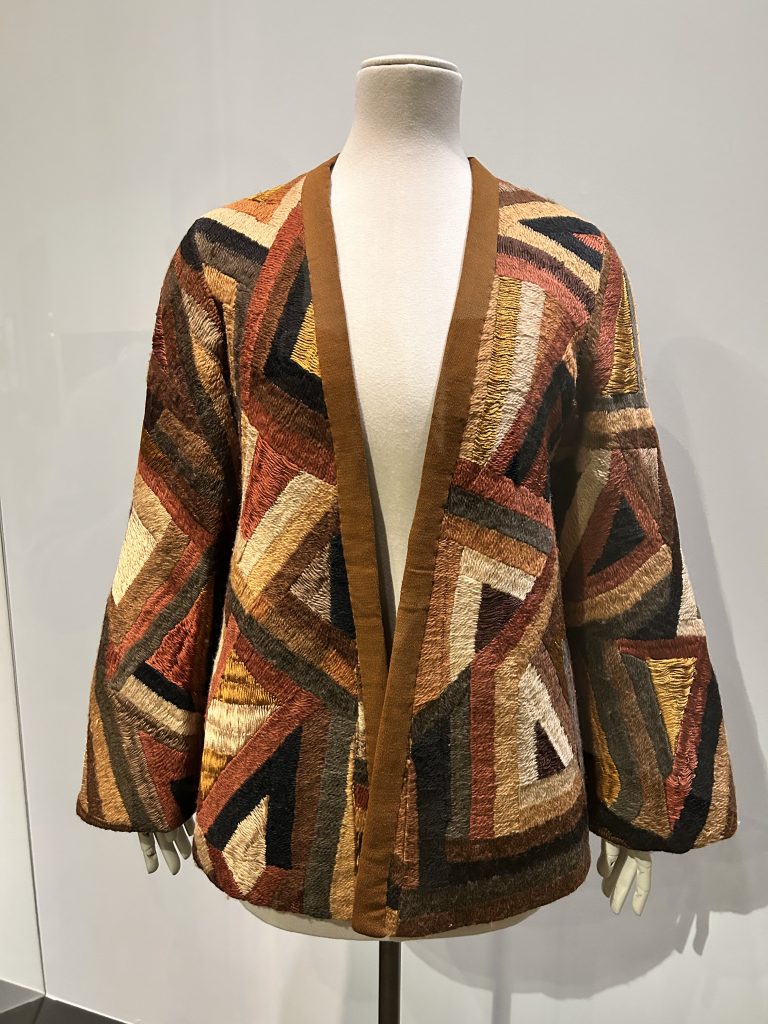
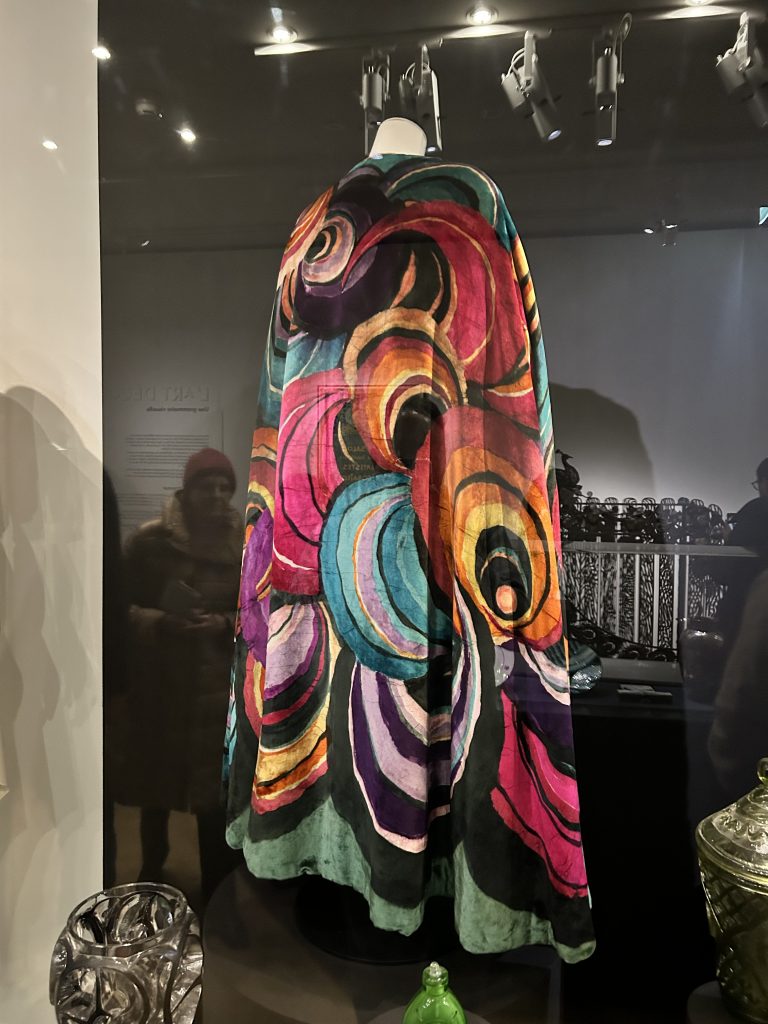
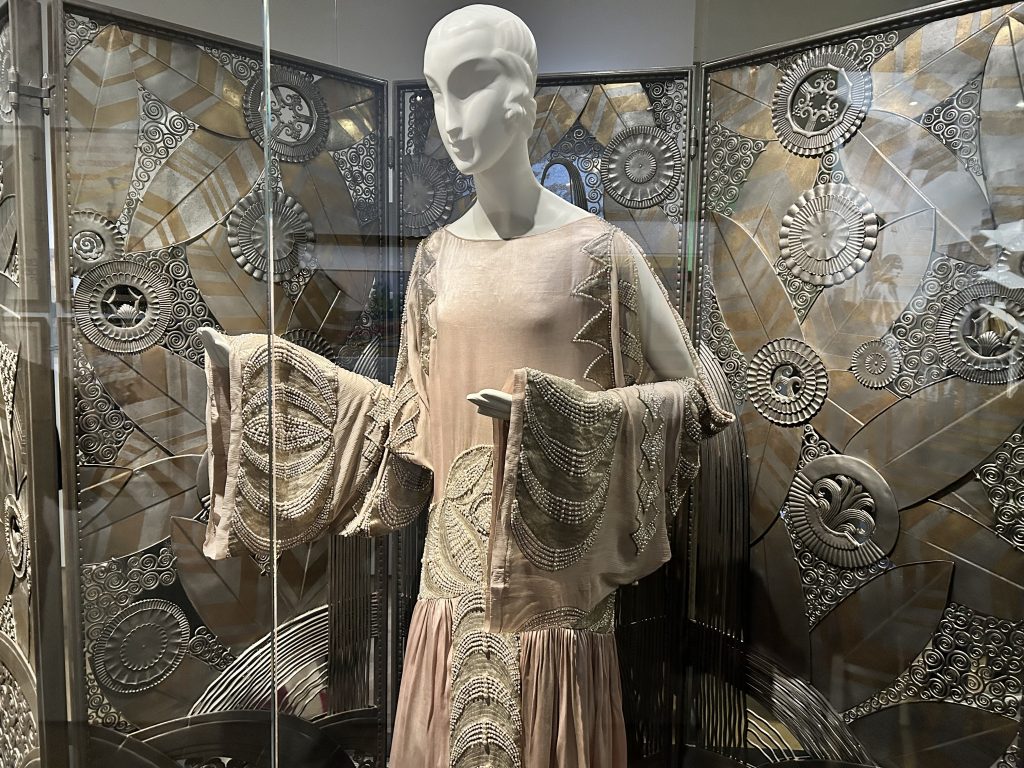
This is a great exhibition for all Art Deco lovers. Parallels with Shanghai Art Deco are very visible during the visit. This a great window into a style that would soon spread to the rest of the World, and strongly influence Shanghai.
The exhibition will be shown until 26th April 2026. The same location also hosts an exhibition about the Orient Express train from the same period and style.
Shanghailander articles are published on an irregular basis. To be notified when a new article is posted, subscribe to the newsletter using this link, or follow the Shanghailander Facebook page
